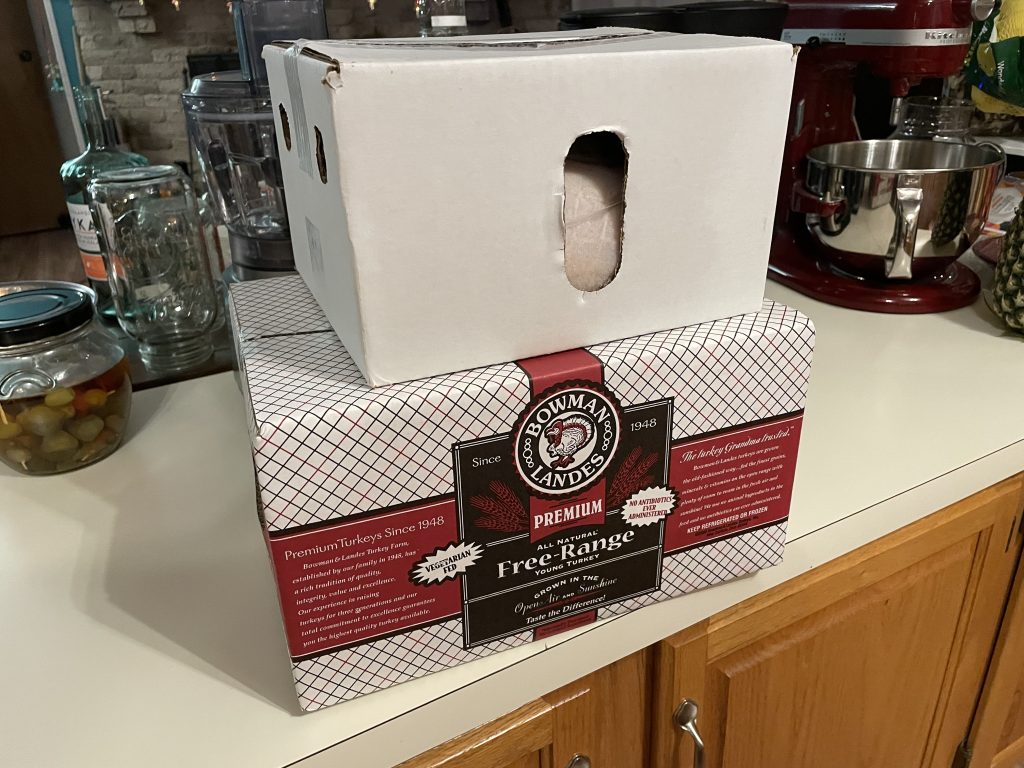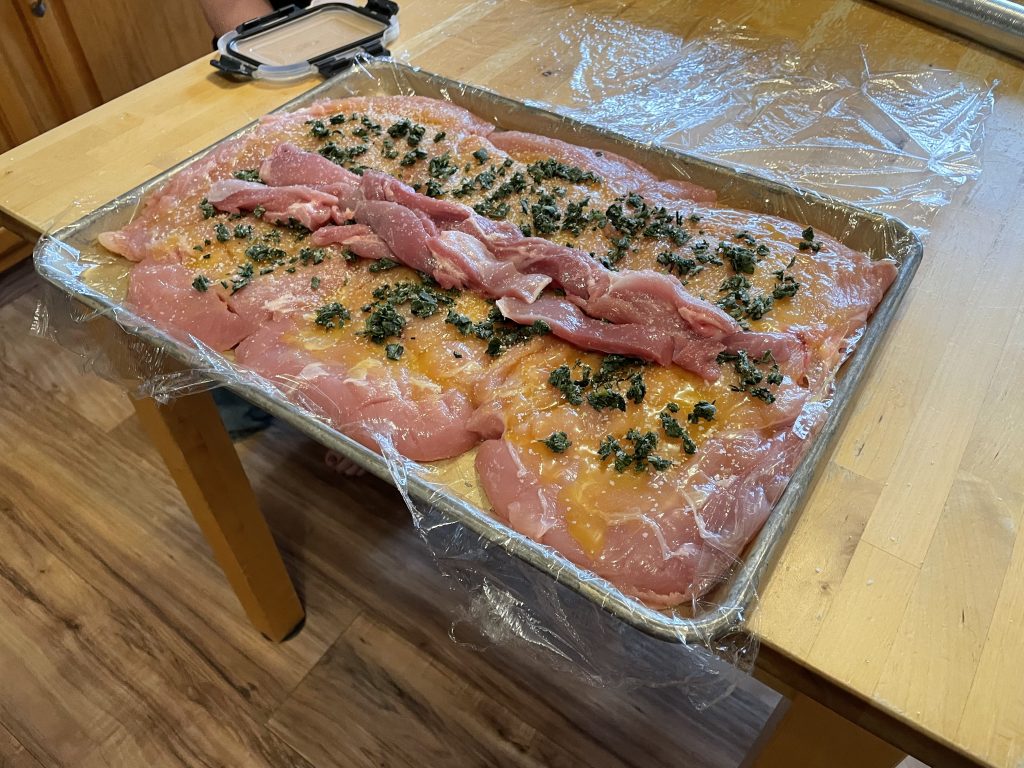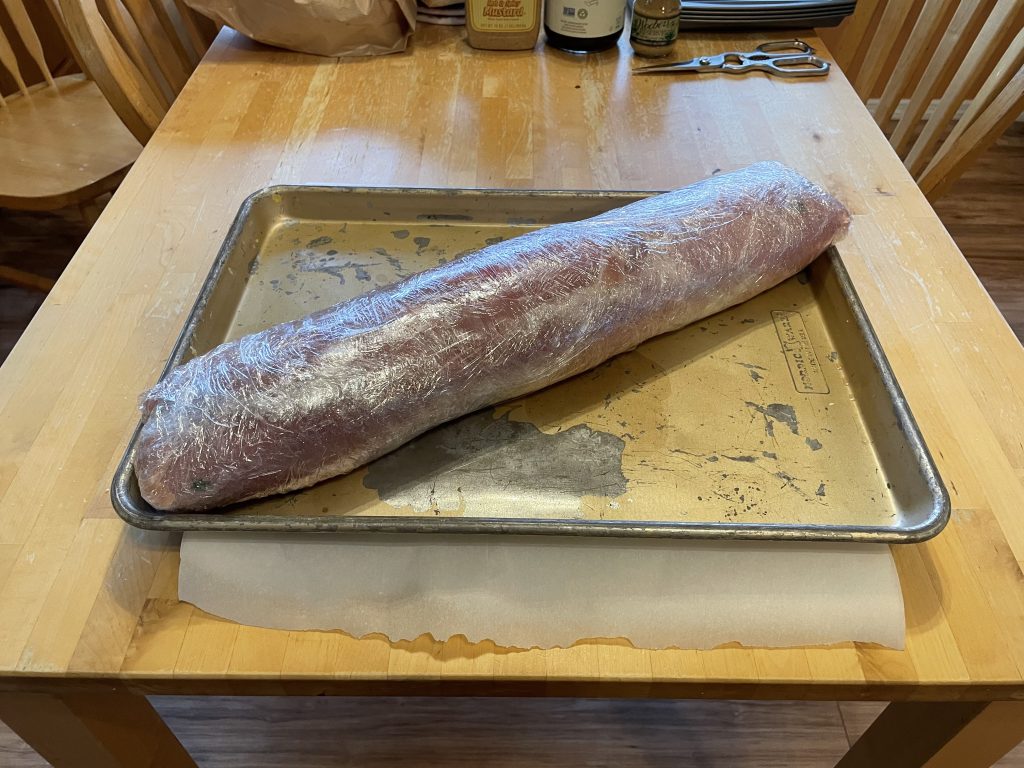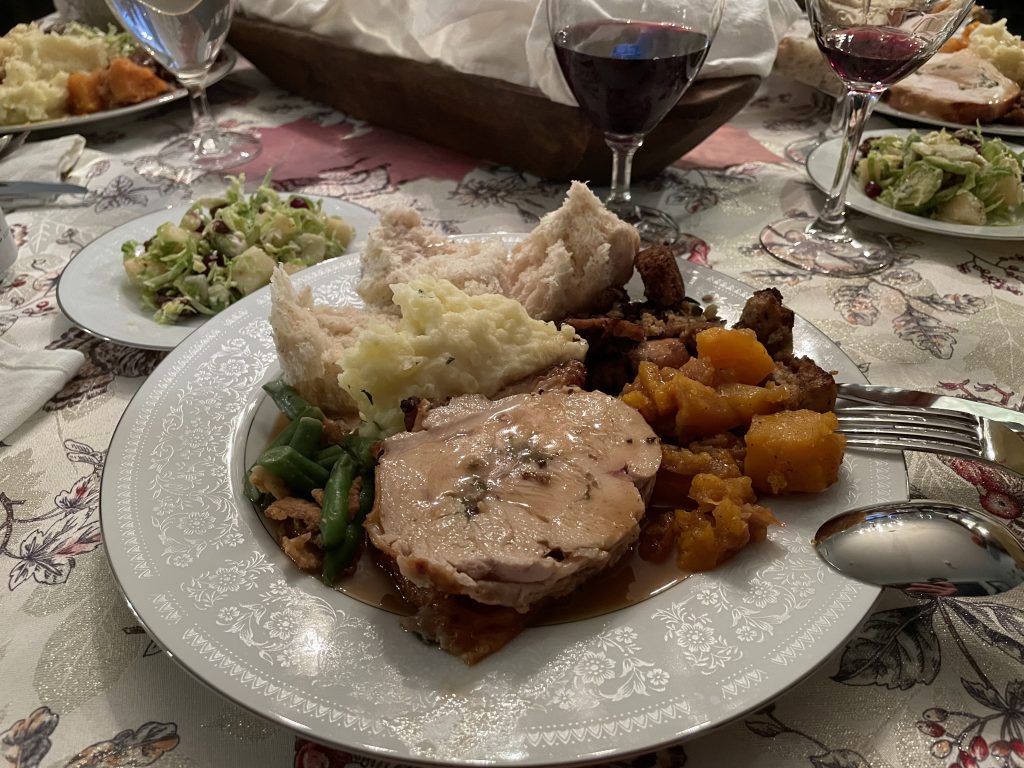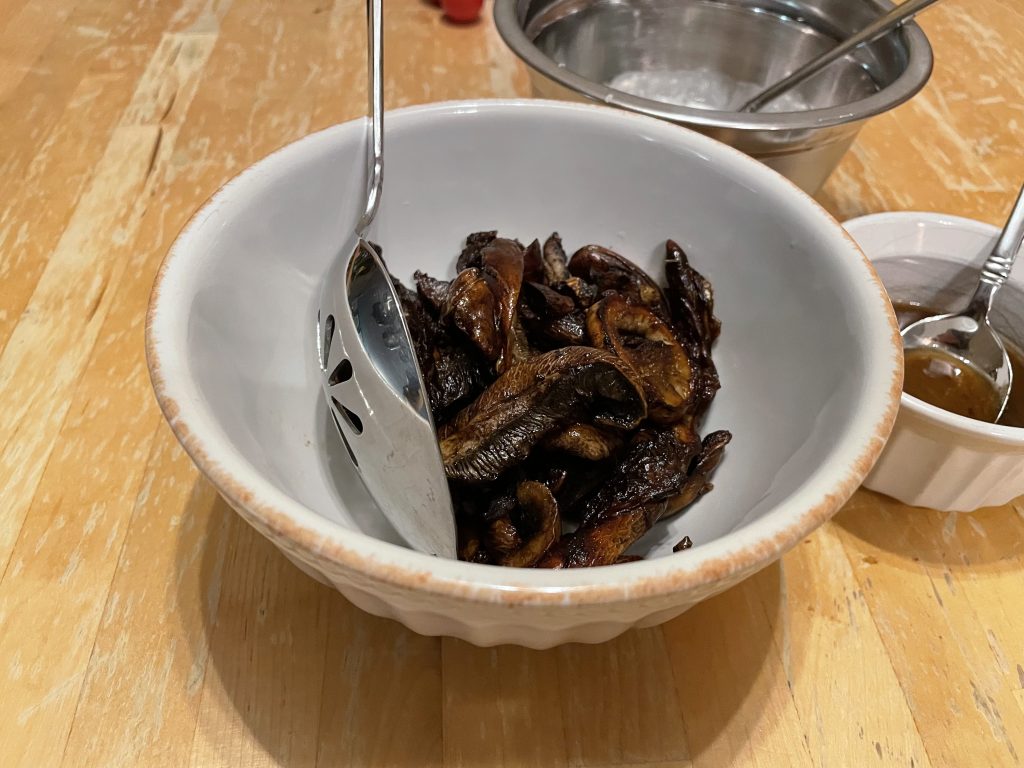I first encountered this term with a print of the Edward Hopper painting. I’ve always liked his Nighthawks – something about the American diner. That period in our collective history always interested me. The couple out late, grabbing a meal at what was probably the only open restaurant, dressed formally in the manner of the 1940s. A captured moment, open to viewer extrapolation.

But Automat, is older. Late Guilded Age. Money doesn’t fulfill the soul. As we all feel on some level in our present time, access to material goods and comfort also cultivates loneliness and a purposeless existence. Like dining alone in an airport: there’s a degree of success behind the circumstances of the situation, but the moment itself is empty. That sort of thing.

But let’s move on from artistic realism and get back to the Automat itself. Etymologically speaking, the word itself doesn’t appear to have any reference to food. Like we’d use the term “self-serve” today: it doesn’t specify what we’re getting, but it’s assumed that food is involved. It’s a vending machine on a large scale, with diverse origins, if you want to go down that rabbit hole. As a concept, it’s nothing new, but the specific method of application is what defines it: single serving meals, purchased individually, through mechanically automated means.

In American history, it refers to the Horn & Hardart restaurants. They made a few appearances in John Cheever stories, as those were set in the New York City region and surrounding areas. And there’s a cool documentary about them with Mel Brooks. They appear ingrained within a specific dimensional coordinate. So if one makes an appearance in any form of media, it’s a marker for a unique time and place.
But that doesn’t mean it can’t be a useful concept now. As the head chef of my domestic space, there are some constant culinary conundrums when cooking for my coterie:
- It can be difficult to make certain meals that only offer 3 portions, like casseroles and soups and roasts.
- Leftovers tend to sit in the fridge until they go bad, because no one wants to eat the same thing for lunch the next day, or the day after.
- Leftovers banished to the freezer get forgotten, and when remembered, no one wants to spend the time the thaw out the meal again. Plus that’s a whole meal, which means if it’s thawed, that’s what everyone is having for dinner, negating choice.
- A good lunch takes too long to make. I’m working. I don’t want to spend that time cooking, only to make a mess and then have to cook again for dinner. And ordering food is expensive.
The natural answer is to portion out the leftovers and freeze them. But that doesn’t solve issue 3. Convenience is a big factor. We need both individual portions that are also quickly accessible. An in, not buried in the deep freezer.
Presenting, Dad’s Automat!:
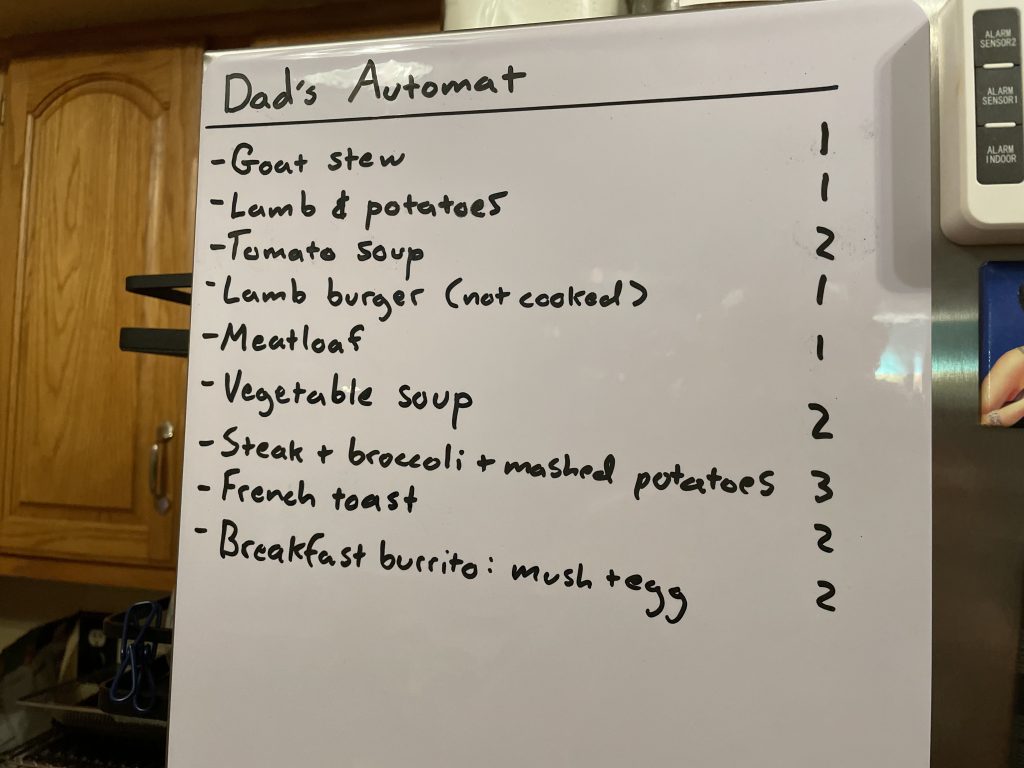
Placed on the refrigerator freezer door is now a menu list, indicating options which lie within. A selection of items without overwhelming choice. And all conveniently labeled:
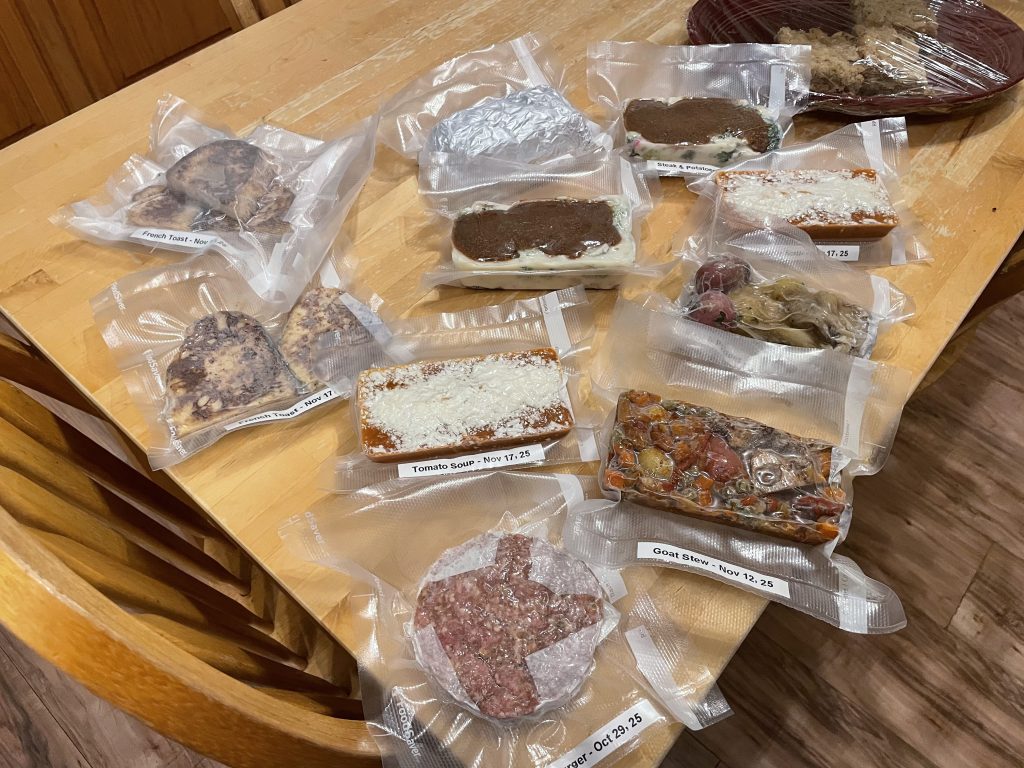
So far, it’s sort of working. Items get eaten for lunches, and they’re for the most part healthier than what my kid’s culinary abilities usually conjure up as an after-school snack.
Just don’t tell my sister about the amount of plastic this is using.
–Simon

